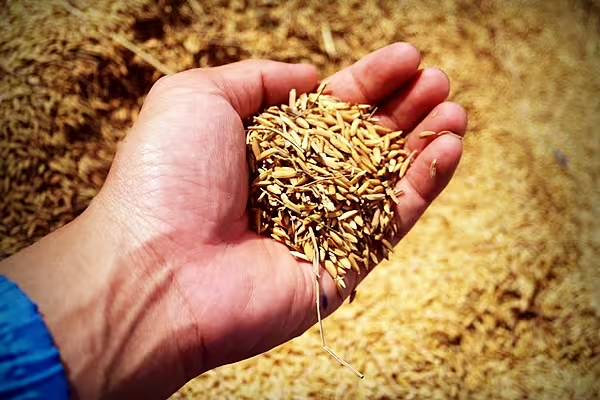A new report has found a number of interesting trends with consumers in Europe when it comes to spending power, with significant differences between the 42 European countries.
The GfK Purchasing Power Europe 2024 report shows that the average annual per-capita purchasing power in Europe amounts to €18,768 in 2024, which represents a nominal growth of 3.9%, compared to the revised values of the previous year.
Overall, 16 of the 42 countries that have been analysed are above the European average. On the other hand, 26 countries have below-average per-capita purchasing power.
The report shows that consumers in Liechtenstein, Switzerland and Luxembourg have a much higher net income than those in the rest of Europe, while purchasing power is lowest in Kosovo, Belarus and Ukraine.
“At 3.9%, nominal growth in purchasing power in Europe is significantly more moderate than in the two previous years,” said Markus Frank, an expert in NIQ-GfK’s geomarketing solution area. “At the same time, however, the inflation rate is also falling, meaning that at least the rise in consumer prices should be absorbed.”
Top Spot
Liechtenstein takes first place in the purchasing power rankings by a quite a significant margin for another year. The residents of Liechtenstein have an annual per-capita purchasing power of €70,180, which is more than 3.7 times the European average.
Switzerland follows, in second place, with the per-capita purchasing power of €52,566, which is 2.8 times that of the average European.
Meanwhile, Luxembourg takes third place, with consumers having a net disposable income of €41,785 per capita. This is more than 2.2 times higher than the European average.
United Kingdom
GfK added that all other countries in the top ten also have very high per-capita purchasing power, which is at least 47% above the European average.
The report draws special attention to the United Kingdom, which moved up three places this year, to seventh place, with a per-capita purchasing power of €28,086.
In contrast, Ireland has slipped six places in 2024 and has fallen out of the top ten. At €26,880 per capita, the Irish are in twelfth place and 43% above the European average.
‘Purchasing Power Gap’
“Fortunately, the trend of countries with weaker purchasing power recording higher purchasing power growth is also continuing, which means that the purchasing power gap in Europe is continuing to close and incomes are slowly converging,” said Frank. “Nevertheless, the differences between and within countries remain large in 2024.”
Top Ten Countries In Europe For Purchasing Power














